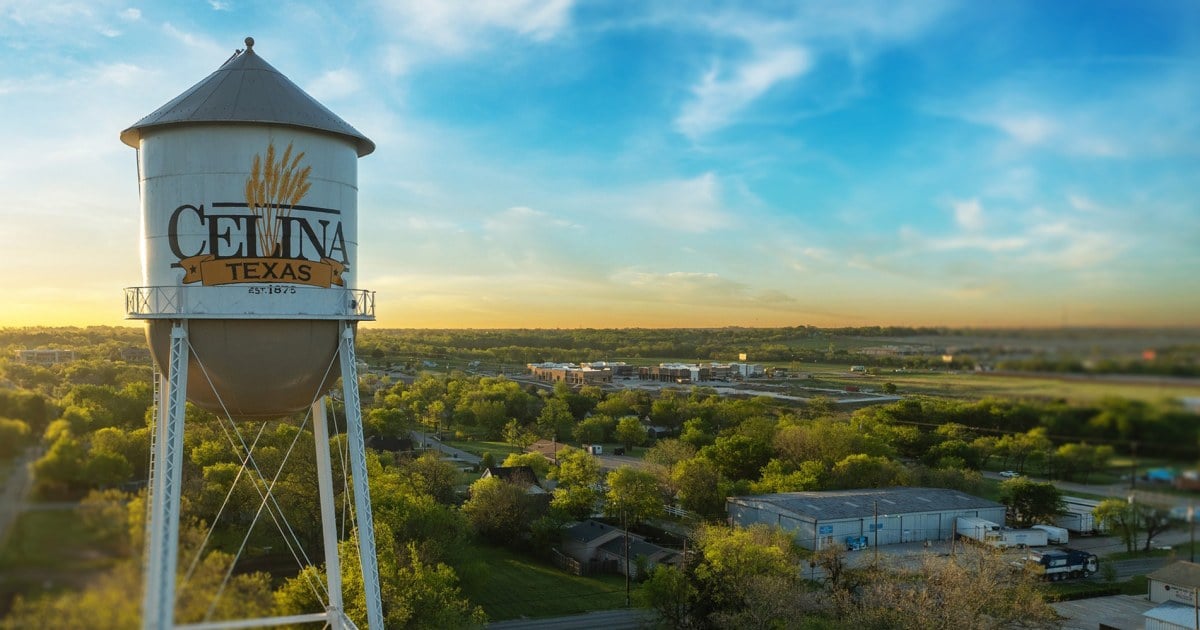- cross-posted to:
- [email protected]
- cross-posted to:
- [email protected]
Summary
Rural areas across the U.S. are transforming as affordable housing shortages push people further from urban centers.
Celina, Texas, leads this trend, experiencing a 27% population surge in 2023 alone. It grew from 7,000 residents a decade ago to over 43,000, as reported by the Census.
Lower housing costs and available land attract newcomers, but rapid growth is replacing farmland and small-town traditions with dense developments and chain stores.
While some welcome affordable lifestyles and opportunities, others face rising costs, loss of community, and strained infrastructure.



Well, if cities would implement decent public transit and urban planning, that would be less of an issue. But older cities are hard to retrofit and newer cities have so much sprawl that public transit always feels sparse.
I really think we should focus on building new developments with a small footprint, building tall, and banning cars altogether with a robust transit system. But, then the “who pays for it?” Bullshit starts, gets wrapped up in red tape, and suffocates.
I don’t think there’s even an “if” there. There’s nothing showing parking minimums help anything except increase the size of drainage systems, driveways, and engineering costs.
Parking requirements should be placed on the purchase of a vehicle not the design of a house. If you don’t have a car you don’t need parking.